Explaining Free Agency for International Prospects

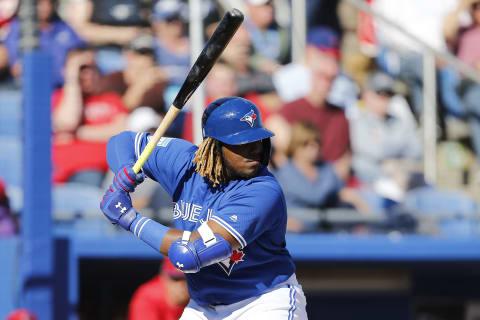
Coming into the 2019 season, the top three prospects in all of baseball were international prospects signed through the complicated free agent process. How does international free agency work and why is it important for teams to use this process to stock their farm system?
On July 2, 2019, the free agency period for international prospects will begin for the 2019 season. This means that players who meet the criteria of being an international free agent and who have been deemed eligible by the MLB can sign with teams across the league.
Now even though the 2019 season has begun, the international free agency period from 2018 is officially not over until June of 2019. While most teams have used quite a significant amount of their money from last year, international prospects who entered last year still have a chance to be signed before June 15, 2019.
If you were to look at your favorite MLB team, some of the best players in the organization may have originated from the international waters. Players such as Ronald Acuna, Willy Adames, and Luis Severino all came to the MLB through this process, and this is only just the tip of the iceberg. While the amateur draft for collegiate and high school pitchers does gain the most scouting and attention, the international market can produce high level, talented players for any team willing to take the time scout and draft outside the States.
With the international bonus, pools have been allotted to teams across the MLB for 2019, here is an in-depth look at how this process works and how teams gain and lose their bonus money.
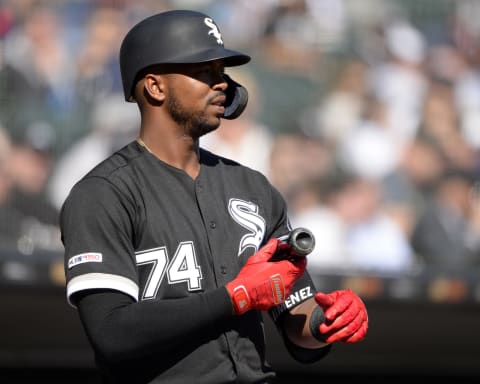
International Amateur Player
Now, what makes international prospects eligible to become free agents?
The first criteria for international prospects is that the player has to be at least 16 years old prior to September 1st of that years free agency period. A pretty fair rule when we look at how these kids are already being heavily scouted since they were 13-14 years old, and 16 years old gives the prospect some more maturity to make a decision on their baseball career.
The second and last criteria a player must meet is that have to reside outside of the United States, Puerto Rico, and Canada and can not have attended any educational institution in the mentioned countries above.
So if a player comes from a country like the Dominican Republic and plays high school ball in the United States, they cannot be deemed an international free agent. Again, a pretty standard rule considering high school ball players in the United States are pretty widely scouted if they have the talent and potential to be a major league player.
If a player meets these criteria, they can be deemed an international amateur and can be selected during the international free agency period.
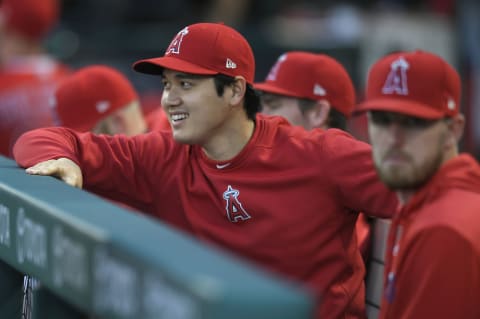
Professional International Players
Now there is a clause for international prospects who are not deemed ‘amateurs’ under the collective bargaining agreement but still can be eligible to play in the MLB
Under the CBA, players who are at least 25 years old and have participated in a minimum of 6 seasons in a professional baseball league outside of the MLB (recognized as a professional league by the MLB) can be signed by an MLB team and does count towards the international bonus pool.
This usually means that players with this type of experience get signed for longer, more lucrative contracts, in hoping that the player can take that talent and transition it to the MLB quicker than international prospects, and even potentially college and high school draft picks.
With the players having professional experience in their respective leagues, it is understandable why they would command more money. While they will come into the MLB as rookies, they are no strangers to playing baseball every day, and leagues like the Nippon Professional Baseball league are full of talented players and very competitive teams.
Most international prospects come from Cuba, Japan, and South Korea, as there are well established professional leagues within these countries that are recognized by the MLB.
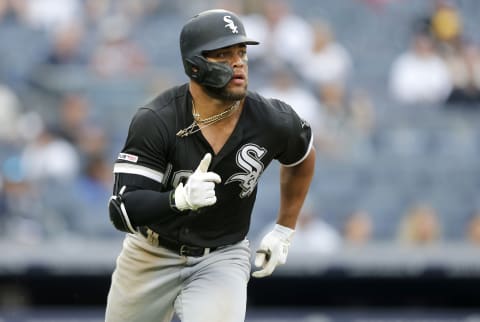
Are there exceptions to professional international free agency?
Why yes dear reader, there are exceptions to this rule.
The Nippon Professional Baseball league, the highest level of baseball in Japan, has some exceptions to professional players within their league trying to make the jump over to the MLB.
If a player in the NPB league does not have 9 years of professional experience in the league, that player must ask to be posted by his respected club in order for MLB teams to be able to acquire the players. Now, the NPB does not have to post the player if they do not want too, and are not obligated to as well, but many players have been posted through this process.
When the international prospect is posted, and it is done between November 1 and December 15, all MLB teams have 30 days to negotiate a contract with the player. If the player does not come to an agreement with any of the teams, they must remain with their NPB team for the year until the next posting period.
If a player does sign a deal with an MLB team, the team that posted ‘said player’ will receive a fee from the MLB team depending on how much guaranteed money the player is signed for. The allocation is separated into percentages based on how much money a player receives:
- $25 Million and less: NBP team receives 20%
- $25.01 Million – $50 Million: NBP team receives 20% on first $25 million and 17.5% of anything above $25 million
- $50.01 Million and more: NBP team receives what is seen in section 2, plus 15% of anything over $50 million
It is a complicated system but gets easier if the player has more than 9 years of service time in the NPB.
If a player has the required amount of service time, they can be deemed a free agent by the MLB (as long as they do not have a contract in the NPB) and can sign with any team once free agency opens after the allotted time after the World Series. Easy.
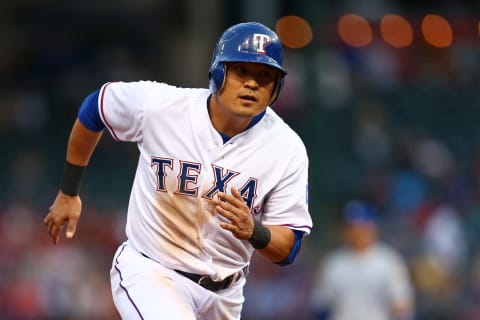
Are there any other exceptions?
I am glad you asked.
The professional baseball league in Korea, known as the Korean Baseball Organization, is very similar to the NPB when it comes to service time and free agency. If a player within the KBO has 9 years of service time, they can sign with any MLB team once regular free agency opens post World Series.
Now if a player asks to be posted without the required service time, the KBO team then opens up the negotiation rights of that player in question. Teams in the MLB are then allowed to submit a blind bid to negotiate with the player for his rights, and the highest bids win.
Once an MLB team has been declared the winner, that team gets to negotiate with the player for 30 days, in which a deal must be reached.
If a deal is reached, the player signs with the team and the KBO team receives the bid money.
If a deal is not reached, the player remains with their respective KBO team for another year and the MLB team receives their bid money back from the KBO team in question.
As I said earlier, it is very similar to the Nippon Baseball League posting system, but the KBO team receives one large bid, rather than percentages based on guaranteed money.
This can have a lot of benefits for a highly touted player in the KBO, as teams may overpay for players they want to acquire and negotiate with, plus the blind bidding process keeps the suspense high and makes the playing field level.
This allows small market teams to participate and bid what they feel comfortable with without being outbid by larger market teams.
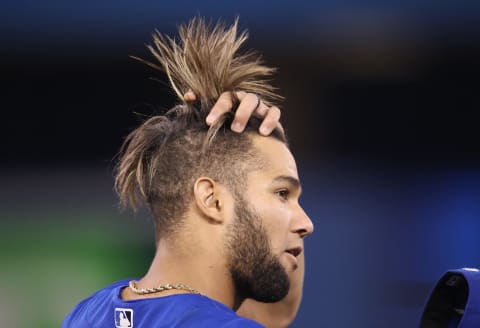
Cuba
With the embargo between the United States and Cuba, international prospects who are from Cuba were not allowed to become international free agents unless they defected to another country.
No player from Cuba was allowed to sign with the MLB until an agreement was reached between the MLB and the Cuban Baseball Federation in December 2018. This agreement allowed international prospects to transfer from Cuba without having to defect to another country, which was arguably a huge win for Cuban players looking to play in the MLB. It was also a way to show that relations between the two countries were beginning to ease.
Then in early April, President Trump’s administration declared the agreement between the two countries to be void and illegal given the countries stance on Cuban relations.
Now this is a baseball article, and I am not going to get into a political debate by any means, but with the agreement not in place, Cuban players will now have to defect from their home country in order to sign with an MLB team (just like before).
By defecting, Cuban players most often pick countries other than the United States to defect as they would be subject to the amateur MLB draft. By establishing residency in other Caribbean countries, Cuban players become ‘professional’ players if they have the minimum 6 years of experience in the Cuban National Series (the equivalent of MLB in Cuba).
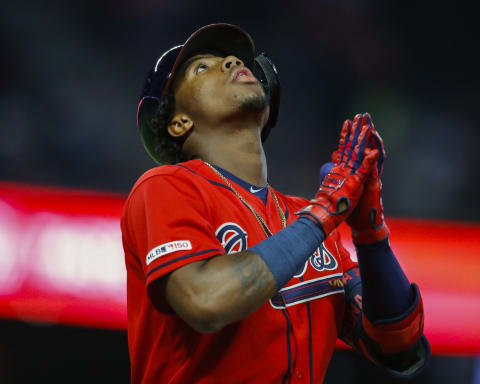
International Bonus Allotment
Every year, the MLB releases the allotment of what each team will receive in the upcoming international free agency period, and can be found on the MLB Trade Rumours website.
If you don’t feel like clicking on the link, there are 8 teams tied for the most money for 2019 are at $6,481,200 and the Atlanta Braves have the lowest amount at a whopping $0 due to a penalty they incurred through the international free agency process. No Ronald Acuna 2.0 being drafted this year for Atlanta.
One new rule for this year is that teams can not go over their bonus pool allotment, where in previous years teams could go over their allotment but be penalized in return.
How the allotment is decided for each team is again determined through a bit of a rigorous process.
Each team will have at minimum $4.75 million within their allotted pool. If a team is within the competitive balance rounds A or B, they receive additional money.
For those unaware, the competitive balance rounds are given by the MLB to teams deemed to have a lower market, taking into account revenue and winning record, and those teams receive picks after the 1st round in the non-international amateur draft.
For the international draft, teams within the competitive balance round A are allowed to have an extra $500,000 and round B teams allowed an extra $1 million.
When it comes to earning more money, teams can freely trade bonus money in $250K sequences to other teams in exchange for players. While this system has yielded more money for teams looking to explore the international free agent market, teams can only receive an extra 60% of international money (based on what the team was given for the year).
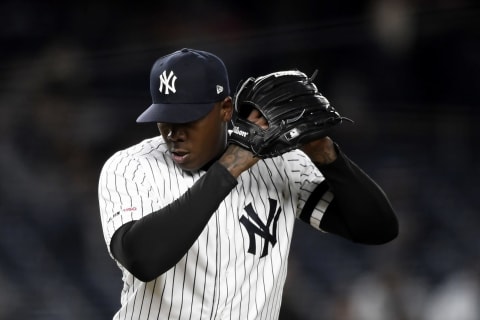
Can a team lose international bonus money without it being through penalties?
If the previous paragraphs were any indication, then yes! Teams can lose money from their international bonus pool.
More from Call to the Pen
- Philadelphia Phillies, ready for a stretch run, bomb St. Louis Cardinals
- Philadelphia Phillies: The 4 players on the franchise’s Mount Rushmore
- Boston Red Sox fans should be upset over Mookie Betts’ comment
- Analyzing the Boston Red Sox trade for Dave Henderson and Spike Owen
- 2023 MLB postseason likely to have a strange look without Yankees, Red Sox, Cardinals
Any team that is over the luxury tax threshold (the 2019 season is $206 million) will lose $1 million of their bonus money if they sign an MLB free agent who previously rejected a qualifying offer from their previous team (to become a free agent). If a team is below the luxury tax threshold but still signs a free agent who rejected a QO, they will instead lose $500,000 from their bonus pool.
Not a super complicated way to lose money, but can have a major impact on teams who sign multiple free agents during the offseason.
Now you know how the international free agency period works in the MLB. While this process can seem a bit complicated, many teams use this network to sign high leverage players who are not from the United States, Canada, or Puerto Rico.
Next. Oakland A's lock up Khris Davis for two more years. dark
It is through the international free agency process that teams set up developmental training centers in the Caribbean and South American countries, in order to scout potential international prospects and develop players before they make the possible jump to professional baseball in the United States.